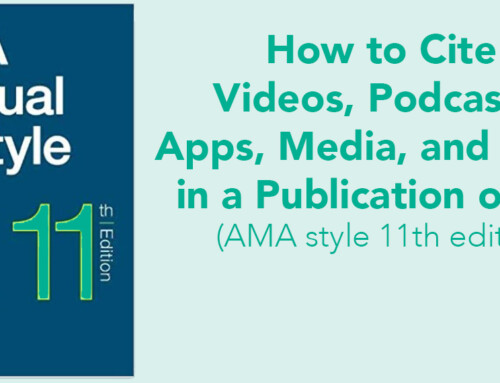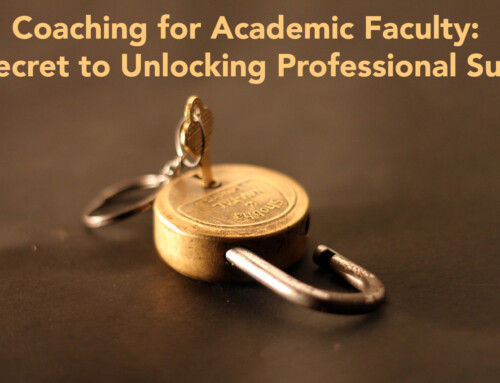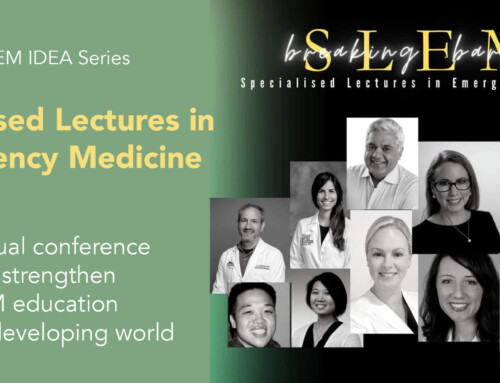The landscape of emergency medicine and critical care (EM/CC) blogs and podcasts has changed dramatically over the past 20 years. The number of free, open-access EM/CC blogs and podcasts has plummeted. As reported by Lin and colleagues in JMIR Education (2022), these sites decreased in number from 183 in 2014 to just 109 this year– a drop of 40.1% [1].
This comes after a period of rapid growth of these educational resources in the late 2000’s [2], with expectations that new sites would continue to come online. It is unclear when the combined number of EM/CC blogs and podcasts peaked, or how recently it declined.
Why do we care in these declining numbers?
The FOAM (free open-access medical education) movement has become an important component of EM curricula at many training programs. Online learning resources such as medical blogs and podcasts have all but replaced traditional textbooks, and research suggests that some trainees use these products as their primary study materials [3]. Therefore, the observed decrease in FOAM sites is alarming, as training programs and trainees have come to rely on their availability.
Featured paper
In our JMIR Medical Education paper, Lin et al. sought to identify active EM/CC blogs and podcasts during a 2-week period in May 2022. The authors found a total of 50 blogs, 25 podcasts, and 34 blogs + podcasts (n=109). The age of these FOAM sites ranged from 1-18 years and most were physician-led. Just over half had leadership teams of 5 or more individuals. Support was identified for approximately 75% of the sites and included advertisements, institutional sponsorship, or the sale of goods and services (though site access remained free).
The Christensen Theory of Disruptive Innovation may explain the recent decline in EM/CC blogs and podcasts. Using this lens, FOAM sites are considered ‘disruptors’ in medical education that quickly gained market share previously dominated by ‘incumbents’ such as medical textbooks, journals, and in-person conferences. Rather than cede their influence, incumbent organizations co-opted the disruptive innovation itself, in this case leveraging their assets to create their own online learning resources, blogs, and podcasts. As these incumbent offerings grew, there was less need for new, independent FOAM sites. Concurrently, FOAM sites continue to generate little-to-no revenue and academic value for the creators, making it difficult for the disruptors to challenge the market dominance of incumbents or to create its own unique, sustainable market space. We theorize that older sites likely succumbed to these financial and academic opportunity costs as well as high user expectations for design and functionality.
What is the future of FOAM?
Though EM/CC blogs and podcasts changed the landscape of medical education in fundamental ways, they will likely not endure as independent entities without new business models for sustainability. A recent study suggests that the costs of FOAM might be offset by advertising or other revenues [4]. Based on our observations of current practices on existing FOAM sites, this might include at least incorporating any/all of the following:
- Inserting advertisements
- Creating products for sale such as books, courses, swag, or consulting services
- Developing partnerships
- Soliciting for donations
In the meantime, we posit one of 3 potential futures of new and existing blogs and podcasts: hybridization, disappearance, and new-market independence.
- Hybridization strategy: Incumbents partner with or create their own blogs/podcasts. This loss of independence, which was part of the initial appeal of FOAM grassroots efforts, is traded for more stability and infrastructure. Already 44% of EM blogs are officially affiliated with a sponsoring institution.
- Continued disappearance of sites: Progressively fewer independent, free blogs/podcasts because of site demise, merging of sites, or conversion to paid subscription model
- Independent sustainability: Growth of independent, free blogs/podcasts as its own new-market endeavor, separate from the incumbent market space, only achievable with better return on investments (academically and financially) for bloggers/podcasters. Once FOAM efforts are no longer a major opportunity cost, educators may even be able to pivot their careers towards this primarily, rather than as a side project.
It remains to be seen whether FOAM can withstand market and academic pressures or whether it is destined to be assimilated by better-resourced incumbent organizations.
What is the future of ALiEM?
We hope to stick around and hope the rest of the FOAM community will evolve with us.
Comments?
Join the interesting discussion on Twitter. We are thrilled to bring this conversation to the forefront.
https://twitter.com/M_Lin/status/1582021848958500864?s=20&t=nBcJtrRvgML2QMRNnZkwwA
References
- Lin M, Phipps M, Yilmaz Y, Nash CJ, Gisondi MA, Chan TM. A Fork in the Road: Mapping the Paths of Emergency Medicine and Critical Care Blogs and Podcasts. JMIR Medical Education. 2022 (preprint available: https://doi.org/10.2196/39946)
- Cadogan M, Thoma B, Chan TM, Lin M. Free Open Access Meducation (FOAM): The rise of emergency medicine and critical care blogs and podcasts (2002-2013). Emerg Med J. 2014;31(e1):e76-e77. doi:10.1136/emermed-2013-203502
- Branzetti J, Commissaris C, Croteau C, et al. The Best Laid Plans? A Qualitative Investigation of How Resident Physicians Plan Their Learning [published online ahead of print, 2022 May 24]. Acad Med. 2022; doi:10.1097/ACM.0000000000004751
- Lee M, Hamilton D, Chan TM. Cost of free open-access medical education (FOAM): An economic analysis of the top 20 FOAM sites. AEM Educ Train. 2022;6(5):e10795. Published 2022 Sep 9. doi:10.1002/aet2.10795











